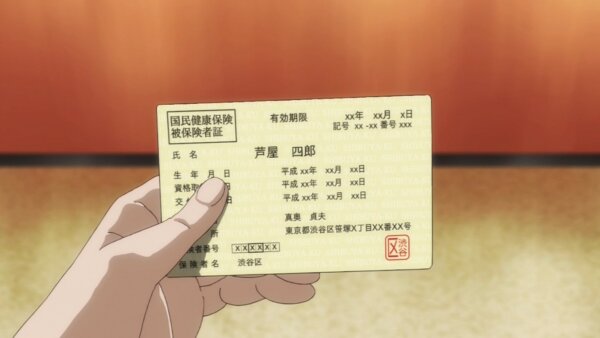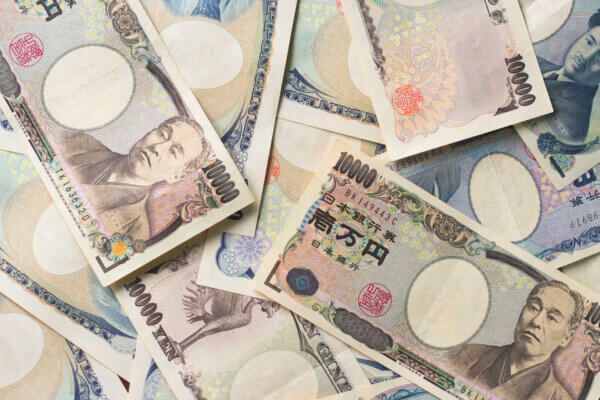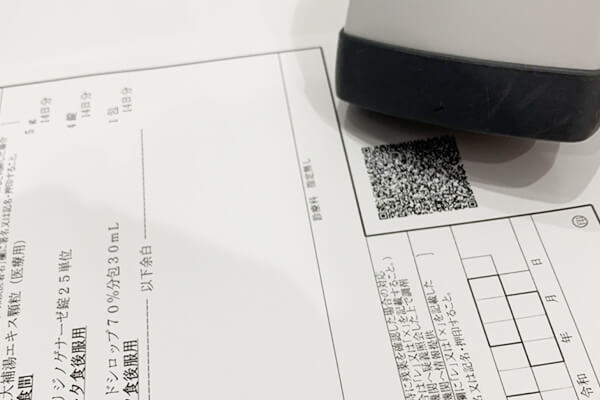How to Go to the Doctor in Japan
Every foreigner in Japan has struggled or even avoided going to the doctor because of the language barrier or of not understanding the system. Thinking of that, we want to help you navigate through the National Health Insurance in Japan and going to the Doctor.
First things first. Japan has universal healthcare, meaning everyone residing in Japan has the right to have National Health Insurance. And the duty to pay for it as well.
Don't worry, the amount paid is definitely worth the amount you can save by not paying for every doctor visit and procedure you do. The amount paid depends on your income. So, a student will pay for the minimum amount (around 1,600 yen a month), or if you had no income the past year (applicable for new residents!).
Almost every doctor can be paid at a discounted rate using the Health Insurance card, including dentists!

How does the National Health Insurance (NHI; also known as "Kokuho") work?
For example, if you visit a dentist, without insurance it can cost around 10,000 yen. However, with the healthcare in Japan, going to this doctor can cost around 3,000 for the same procedure.
[...] 70% of the total medical cost is covered by the National Health Insurance, you will need to pay 30% of the total medical bill.
Source: National Health Insurance (NHI)
However, it doesn't apply to certain procedures. You can read more about our Guide to Japan’s National Health Insurance.
Japanese Doctor - English Speaking Doctor
Most doctors in Japan don't speak English, but if you live in big cities like Tokyo, you can still find them. Be careful though, foreign doctors are usually not covered by the National Health Insurance in Japan!
You can easily find clinics with Japanese English-speaking doctors by doing a simple Google search. They usually have the website, or part of it, in English, and inform if they accept the NHI or not.
How to Go to the Doctor in Japan ー Making an Appointment
From personal experience, most of the doctors in Japan have a booking system in their website or by sending an email to them. This helps with the language barrier. You can use Deepl to translate in case the staff doesn't speak English.
Doctor Visit
Clinics require documents like ID (Residence Card, My Number Card, Passport), as well as your Health Insurance Card, so don't forget to bring it with you!
It is also a common practice to wear a mask in waiting areas to prevent the spread of illness.
Payment
Something else to consider is the payment. Recently, many clinics have accepted other payment methods, like credit cards or apps. However, a considerable amount of clinics still only accept cash (genkin), so be prepared! The visit is usually paid at the end, after talking to the doctor and going through the procedures.

Prescriptions (処方せん ー shohousen)
If prescribed medication, you can usually fill the prescription at a pharmacy near the clinic or hospital.
Be careful! Prescriptions have a due date, meaning you have to buy the medicine within a time after your doctor's visit.
If there is no specific date on the prescription, generally, for most medications, a prescription is valid for 30 days from the date of issue.
However, it's essential to note that controlled substances and certain specific medications may have stricter regulations, and the validity period for those prescriptions could be shorter.
If you forget to buy the medication, don't worry.
You have two options: contacting the doctor and letting them know what happened, you'll have to drop by the clinic to get an updated prescription. Or, visiting the affiliated pharmacy (usually near the clinic) and they will call the doctor to confirm your prescription!
I had a similar situation in the past and luckily, I was able to do the second option in a pharmacy near my house.

Conclusion + Emergency Numbers
We hope this article helped your visit to the Doctor in Japan smoother. And to finish, here are some emergency numbers in case you need them (let's hope you don't!):
Ambulance/Fire/Rescue: 119
Police: 110
When calling either of these emergency numbers, it's advisable to communicate in Japanese if possible. However, some English-speaking operators may be available, especially in larger cities or tourist areas.
